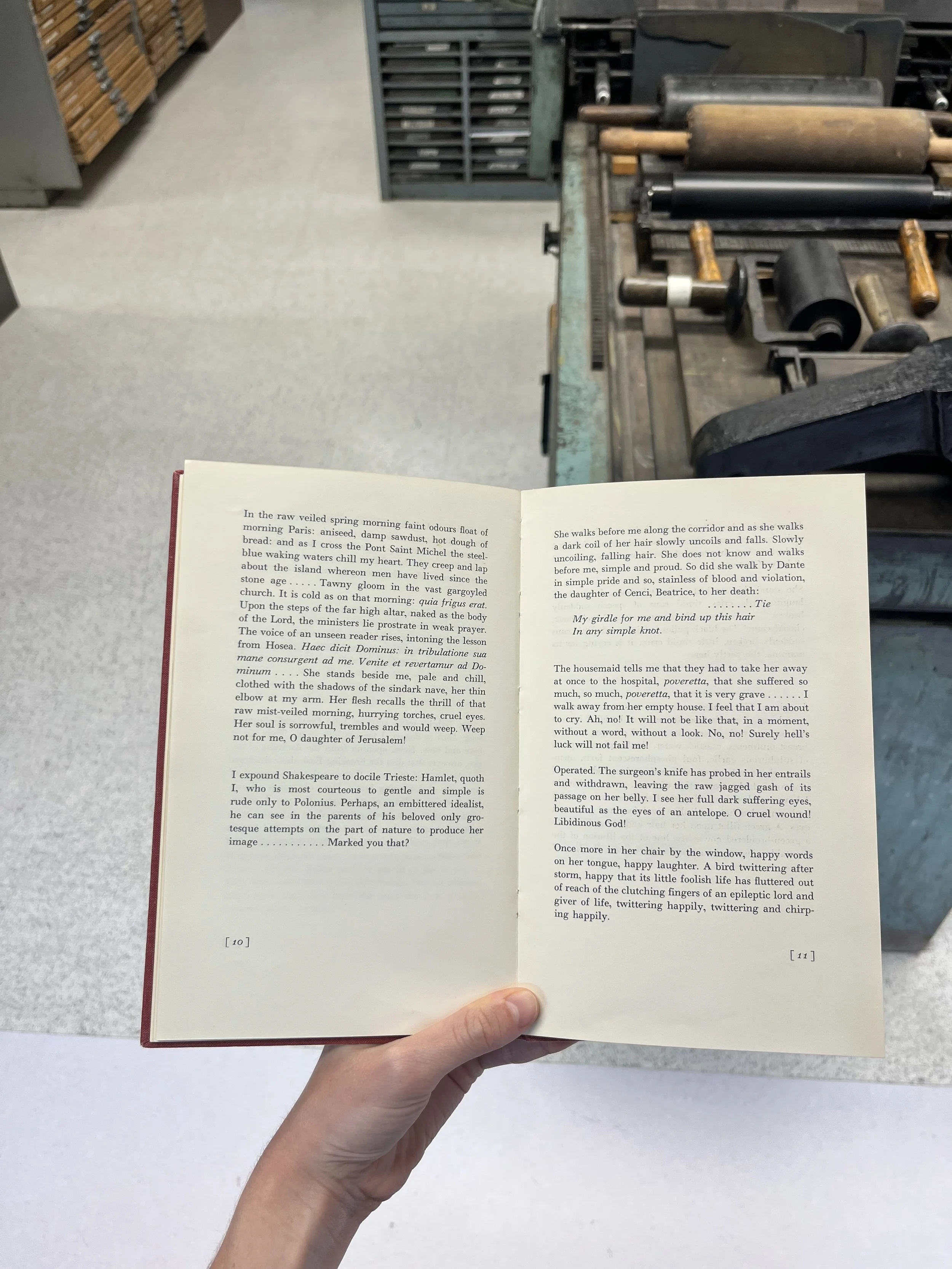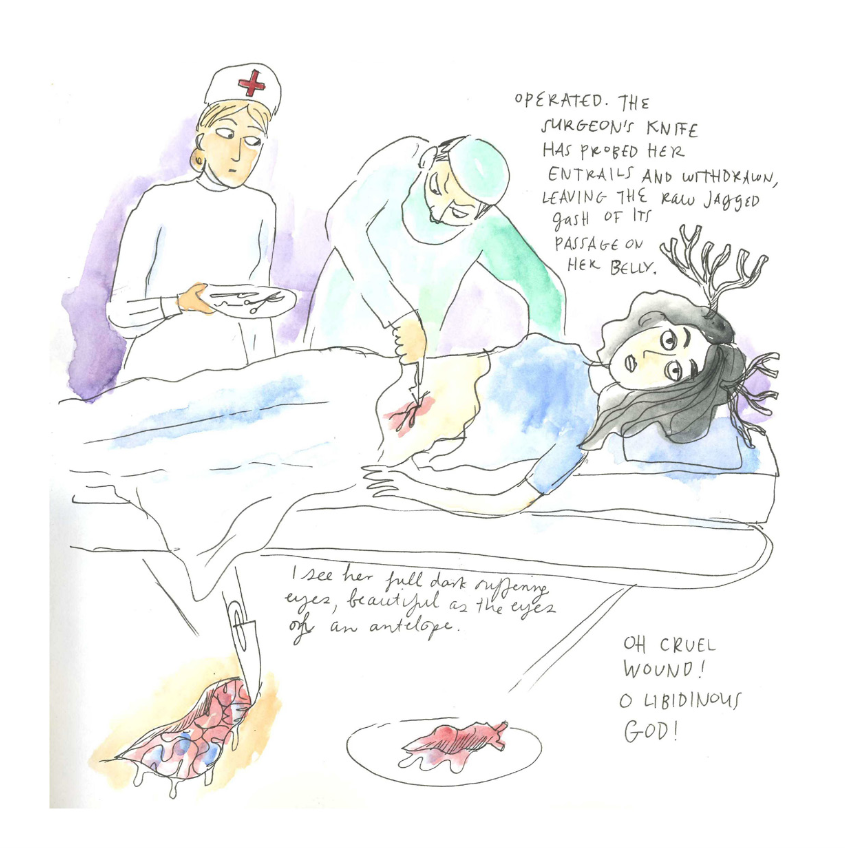All of our contributors highlighted the surgery sequence as a point of interest when translating ‘Giacomo Joyce’.
Joyce, Giacomo Joyce, page 11
JP
ED: For Joyce’s surgery sequence, you draw a surgical incision on the student’s exposed stomach, the white sheet falling from her hips. What does this visual image mean to you?
JP: The passage following the one-word line “Operated.” Seems to me to be pretty openly erotic (the surgeon’s knife “probing in her entrails” and “withdrawing, leaving the raw jagged gash of its passage on her belly,” the “Libidinous God”).
SL
ED: You draw the student on the operation table, her dark eyes wide open and antelope antlers / horns sprouting from her hair. The surgeon looks aggressive, violent, and you show a close-up of the extraction, which seems invasive. Then, you show the actual extracted piece – which looks small, sad, out of place. This is an interesting scene to me, in both the original text, and in your visual diary. I’d love to ask what compelled you to show this extraction, as it is happening, with such a close lens, and depicting the surgeon as aggressive in his operation?
SL: It just seemed very visceral to me and I guess I was feeling the danger of it all – surgery before antibiotics. Joyce is very close and vivid in his description. I am quite a squeamish person but I also quite like a little bit of horror. The description of her as an antelope is quite surreal. The surgeon looks aggressive because surgery is an aggressive act! It takes quite a lot of force to cut through a person’s flesh.
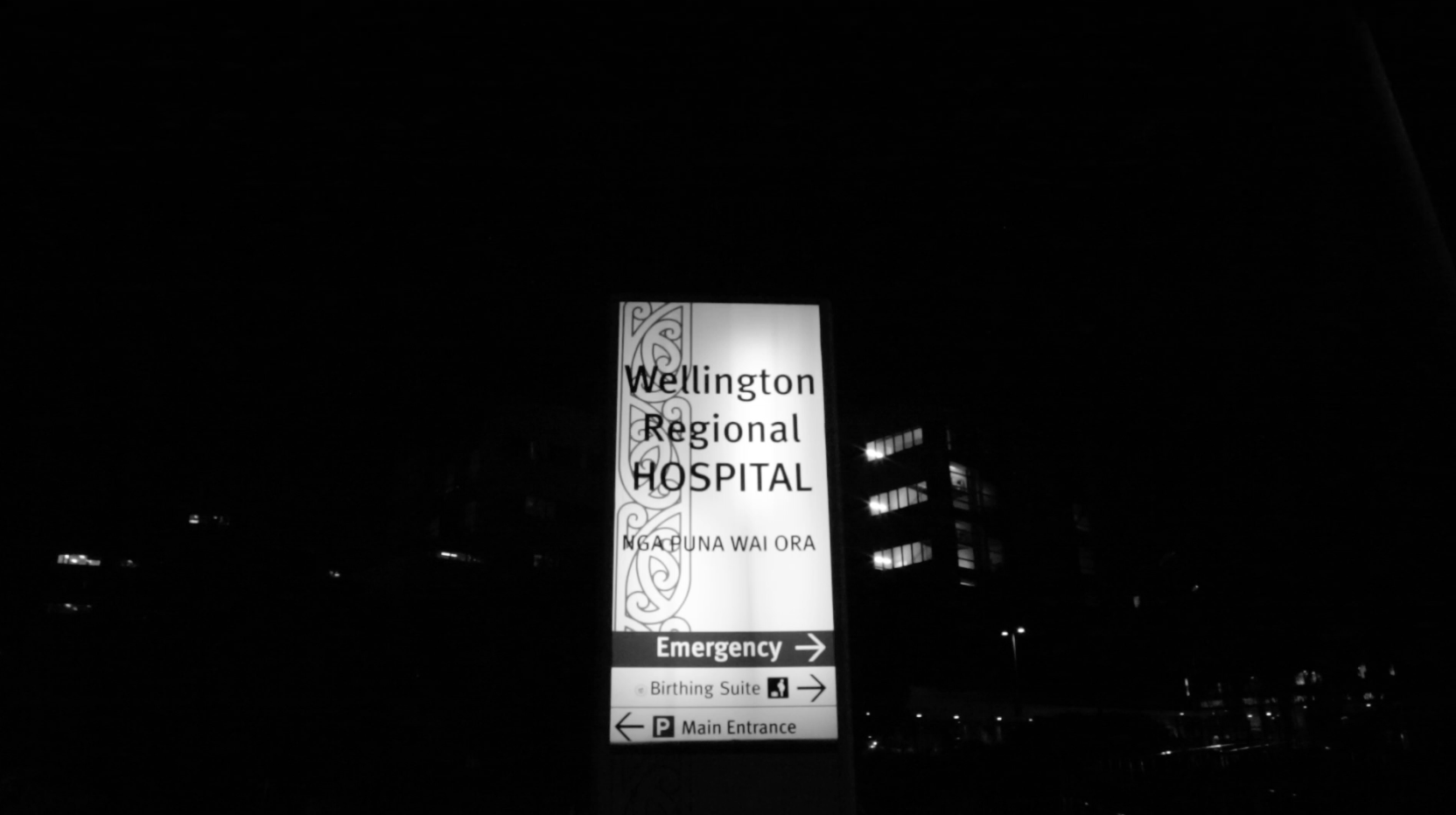
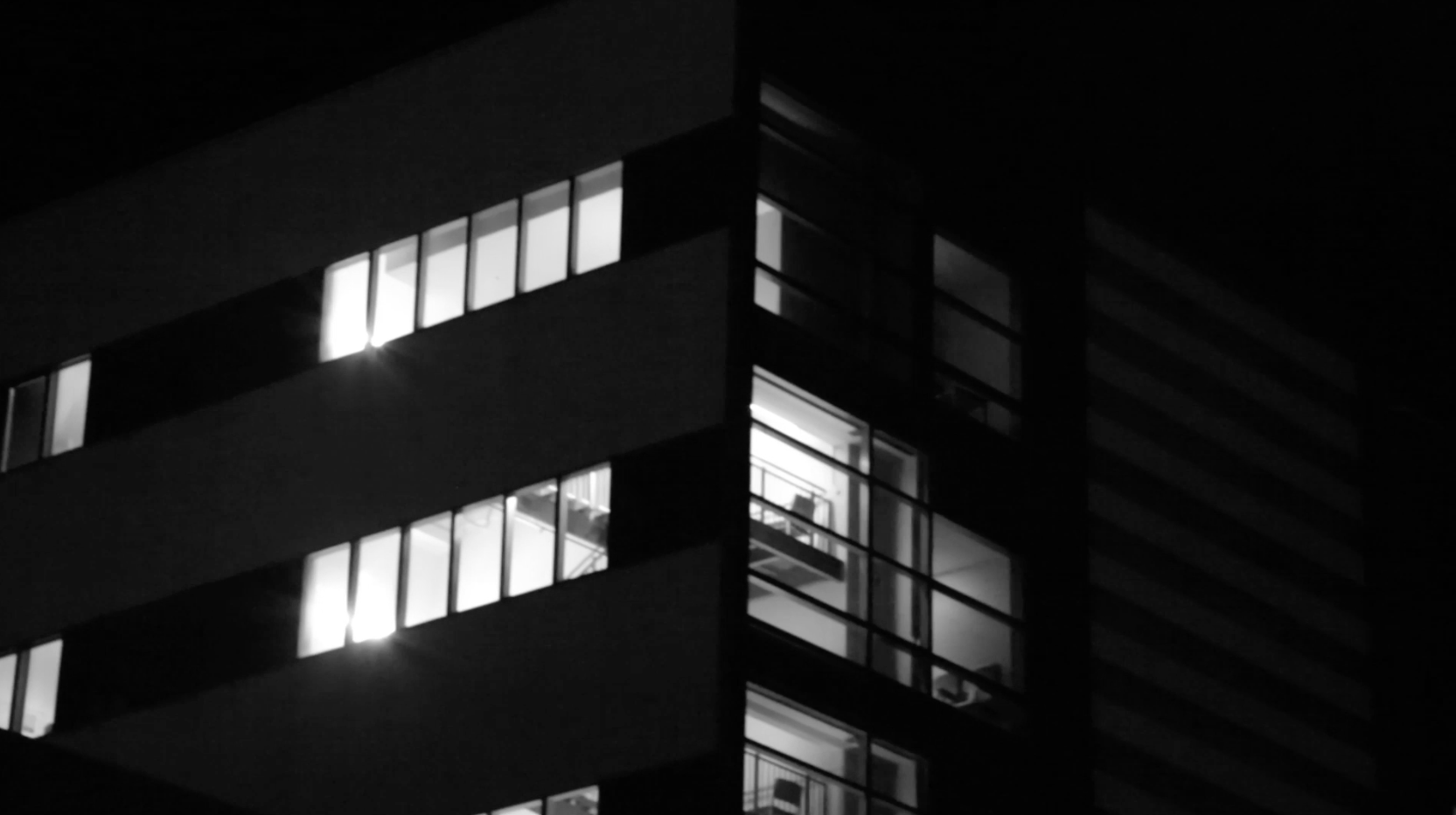
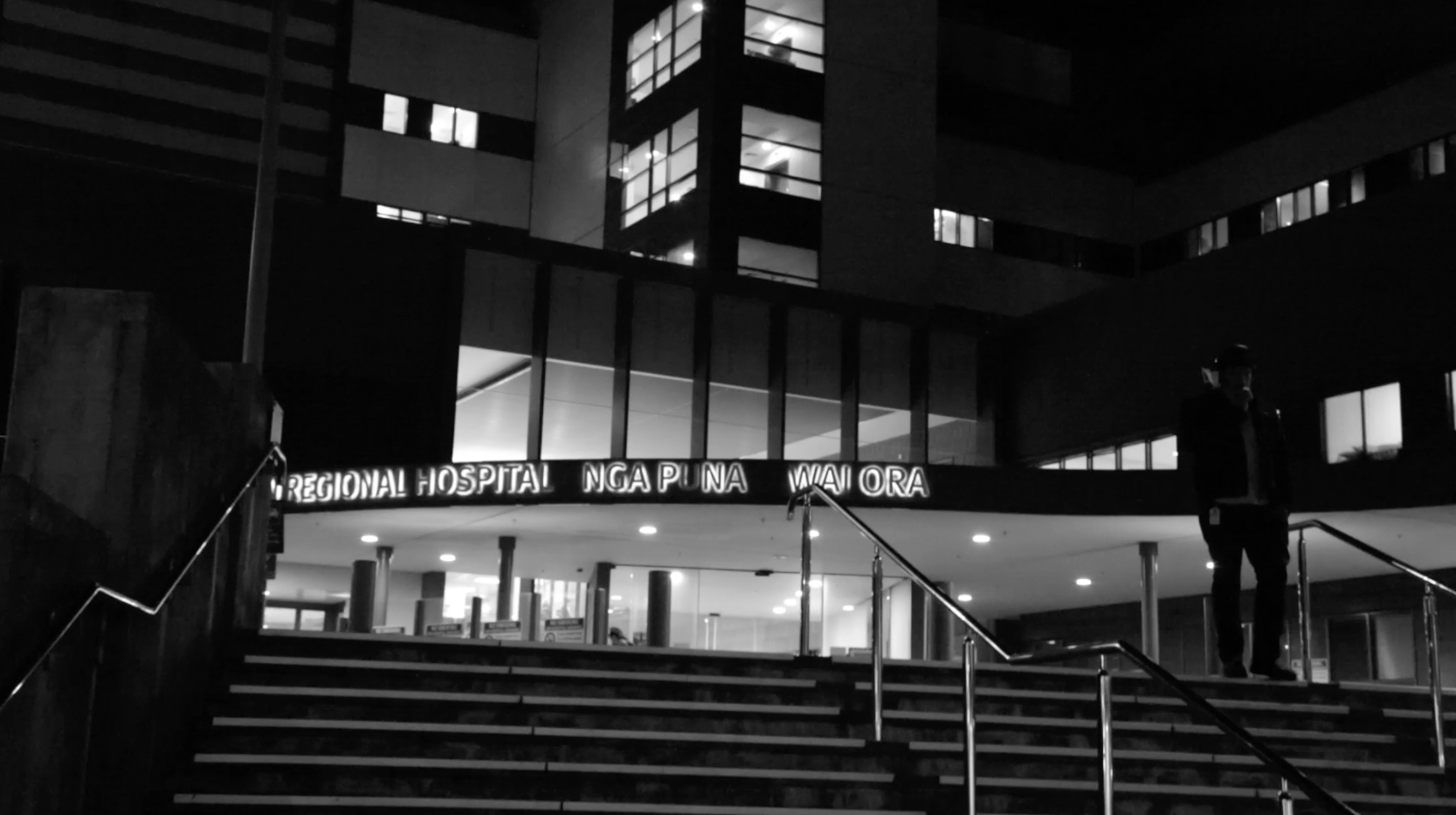
TST
ED: You’ve spoken to the emphasis on hospital signage placing birth & death in proximity as something that interested you. Could you elaborate further on the intended contrast between life / death in a hospital setting, on the significance of this to Giacomo Joyce, and of your interpretation of it in particular?
TST: The dizzying movements where I focus on the signage were built around exploring the ominous architecture and familiarity of the hospital, and then moving into the signage. [On the signs] you have EMERGENCY written big, and then on top of that you have the birthing unit. You start to think about their connection, and the fact that life and death meet each other on the same sign.
This scene in particular I pulled out of Giacomo Joyce, when Joyce goes to the hospital because his object of desire is sick and has to get surgery. The way I altered it [in this film] is that it’s become an ominous object, presenting the wheel between life and death, or the emergency of the self recognizing their own mortality, while confronting the potential for new life that comes in. I saw the hospital as an analogous element to the graveyard and the focus upon death in relation to desire. This is how I’ve newly conceived Giacomo Joyce – I've taken these settings and turned them into confrontations with the real, the reality of death, and very real, life-driven human experiences.
TST, Giacomo, 4:33-4:42
❦
It all begins with an idea —
It all begins with an idea – Interpretation entails incision: meaning is taken into and out of reality, violating and being violated by what hosts it as accepted, assumed, agreed representation.
